Creative marketing: is AI going to kill our creativity? My top three takeaways from Contagious 2023
Spoiler alert: no, it isn’t.
Here are my top three takeaways on the topic of creative marketing, fresh from last week’s Most Contagious in London. AI and all.
In summary:
- AI is an enabler for even greater creativity, if we tread with care
- Brand purpose continues to play an important role in creative marketing strategy
- Can creative marketing excellence be bottled?
The content of this piece is inspired by our partners at Contagious and their Most Contagious event, which took place in London on 7th December 2023. Thank you to the team at Contagious for another compelling celebration of creativity in marketing!
Read on for my top three takeaways on creative marketing from the trends we’ve seen in 2023:
1
AI is an enabler for even greater creativity, if we tread with care
It’s unsurprising that AI is top of the agenda for exploring new boundaries when it comes to new creative marketing ideas.
One brilliant new arrival on the creative media landscape is ‘Fake Out Of Home’ (or FOOH), which has caught everyone’s attention and imagination in 2023. The work of video creator Ian Padgham hit the headlines with his giant mascara tube train for Maybelline and L’Oreal Paris literally painting the town red.
The video for Maybelline Falsies Surreal Mascara train pulled in over 12 million views on the brand’s TikTok channel, encouraging other brands to get on the train and create their own CGI stunts against backdrops that appeared to be real.
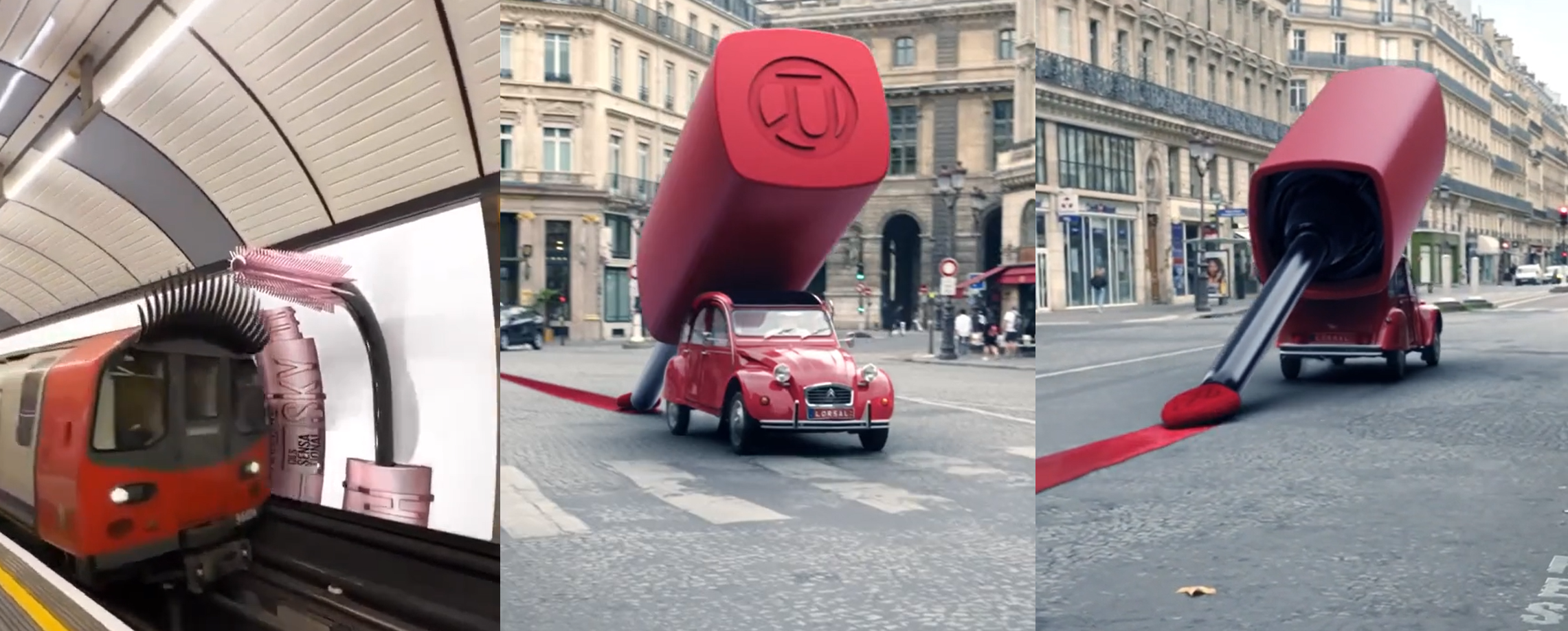
(TikTok)
Is this trend for bending reality and faking it making you recoil in horror or feel a genuine rush of admiration? Reader, I know where I sit on this spectrum. I don’t think it matters if it doesn’t really exist if it feels like art and causes the target audience to sit up and take notice. (They may even feel like giving it a standing ovation!)
That said, it’s all very well for work we collectively applaud.
With new advancements in the world of deep fakes, visual and audio manipulation requiring a mere three-second sample of someone’s voice to fake it, the ethics of AI are now at the very heart of creative marketing tools.
Let’s turn that frown upside down
Photoshop has been around for a long time. However, the audience at Contagious were brought up to speed on the latest advancements in AV manipulation. Taken one of those annoying photos where everyone is looking at the camera, but one person isn’t? Now you and I can easily change people’s expressions, the direction they’re looking in or even their proximity to each other, in the palm of our hands from our Google phones.

Brilliant for quick group photos or making your sulky teen look like they actually enjoyed the expensive holiday you took them on.
What might seem like a bright and inspirational new creative tactic definitely has a dark side. From the ethics of feminism (you’d look SO much prettier if you smile) to the very serious implications of tampering with evidence, this advancement heralds a new dawn in our perception of reality. In fact, we can only ever be certain that something is real if we can experience it with our own reality. Simply seeing it with our own eyes isn’t going to be enough any more.
Deep fakes are dark
There’s no denying that deep fakes are a relatively recent phenomenon, but they’re already disturbingly dark. As Chloe Marcowicz writes in her summary from Most Contagious 2023:
‘Fake news and misinformation is not a new problem, but the tools for deception are now better, more plentiful and more accessible.’
How do we keep sparking our creativity when we’re playing against a machine?
Chat GPT can’t give you the answer to this one, but we can. At Oxford, we always step back and try to keep things simple. So, the rules of the game are the same.
- What content does your consumer actually want? What is your audience interested in? What’s the insight? (My colleague Delphine nails how to create a great insight here.)
- What can you say, offer or do to meet their needs?
- How best can you reach them in the moment that matters to them? How can you meet them where they are?
- What can you do to make sure you have followed through on what they need? What’s their feedback? How can you engage further and build a relationship?
- What will they want next and how can you be on the front foot when they might need you again?
Our creativity can be strengthened by AI if we use the tools to our advantage
We can also take measures to keep ourselves and those around us – as well as our data – safe. Like the advent of websites or social media, AI will become embedded within our digital currency, and offers great potential for us to expand our creativity. We need to keep flexing our creative muscle, as if we don’t use it, we’ll lose it. As Nina Schick predicts:
‘90% of online content by 2025 is going to be generated by AI’
If that’s true, we need to get behind rather than under the wheels. It may not be a predictable ride, but it’s going to be an interesting one.
2
Brand purpose continues to play an important role in creative marketing strategy
At Oxford, we have deep expertise in brand purpose, and love to join the dots between what a brand’s purposeful positioning is and how it shows up in the world.
|
The McCann team from Poland gave us a masterclass from Mastercard, when they shared their incredible ‘Where to settle’ campaign. We have all been shaken by the war in Ukraine and have watched in horror as a mass exodus of people have made their way across the border to Poland, seeking sanctuary in an unfamiliar country. As a brand for whom economic inclusion is at the heart of their purpose, it was a natural yet challenging extension for the team at Mastercard to lean into this to understand how they could help. The result was their ground-breaking ‘Where to Settle’ app. Creative tools can flex their muscle memory to embed purpose where it matters |
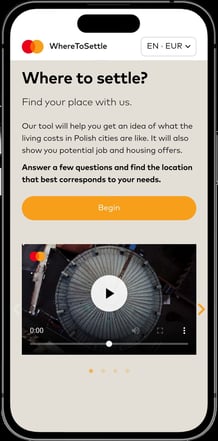
|
Using muscle memory from tools they already had at their disposal, such as 'Safe Waze 2 Shop', the team were already plugged into data they could use, alongside cost of living data, job vacancies and other sources. This cross-referencing of existing data points enabled Mastercard to help take the pressure off Warsaw and identify smaller towns in Poland where people from Ukraine could not only find refuge, but work and the chance to begin a new life.
Of those who came to Poland, 4 in 10 have already found employment.
An incredible result and testament to the power of using data in a purposeful way to help people in a creative way that has literally changed lives.
Brand purpose is just as important in plastic
Another brand with a plastic product, but a purpose that is beyond skin-deep, is Barbie. The presentation from Mattel’s EVP and Chief Brand Officer, Lisa McKnight, was a masterclass in marketing.
Unless you’ve been hiding under a rock in the real world, #barbiecore mania was back with a bang this year, pulling in headlines from Time and Forbes and putting self-belief firmly back on the map.
With a brand purpose ‘To inspire the limitless potential in every girl’, Barbie has bounced beyond the boundaries of her dream house and beach to demonstrate that design-led innovation can keep everyone’s imagination on fire.
|
With new dolls, like the Jane Goodall doll and a Barbie who has Down’s Syndrome, the brand has proved that it’s no longer about tiny waists, high heels and twirly curls. From fashion model to role model, the Barbie brand purpose shines through not only in the movie and the dolls, but powers the Barbie Dream Gap project, now in its fifth year. Lisa McKnight stated that this social impact project was a mission that Barbie was ‘born to lead’. |

(Catherine Harbour/Mattel/Reuters) |
As Barbie creator Ruth Handler said:
‘My whole philosophy of Barbie was that, through the doll, the little girl could be anything she wanted to be. Barbie always represented the fact that a woman has choices.’
Cultural currency is key to making brand purpose relevant
Just as Barbie is a vlogger, has her own Instagram and TikTok accounts and has attracted incredible collaborators with the movie and the music, 2023 has seen other brands move with unprecedented cultural agility.
Dove is always at the forefront of every marketer’s mind when it comes to brand purpose, and their 2023 work has been no exception.
Since their campaign for Real Beauty was launched 20 years ago, Dove have gone even further this year, taking on the ‘Bold Glamour’ filter that has permeated the iPhones of the most influential and vulnerable online creators, encouraging them to create ‘damaging and unrealistic expectations of beauty’.
The work from Ogilvy was a testament to agility in the advertising industry, with an early reaction to a WIP brief from Unilever to ensure that they could activate influencers in time to make a stand in an impactful and timely way.
With their #turnyourback campaign, the team at Unilever encouraged girls to turn away from the filter and deny the AI the manipulation of their face and features, culminating in clever leverage of the cultural currency of TikTok in reaching the people who they could influence the most.
When Gabrielle Union led the charge at the Oscars, turning away from cameras, and boosting the campaign by lending her support, it was a pivotal creative moment in the struggle between real beauty and the dangers of AI.
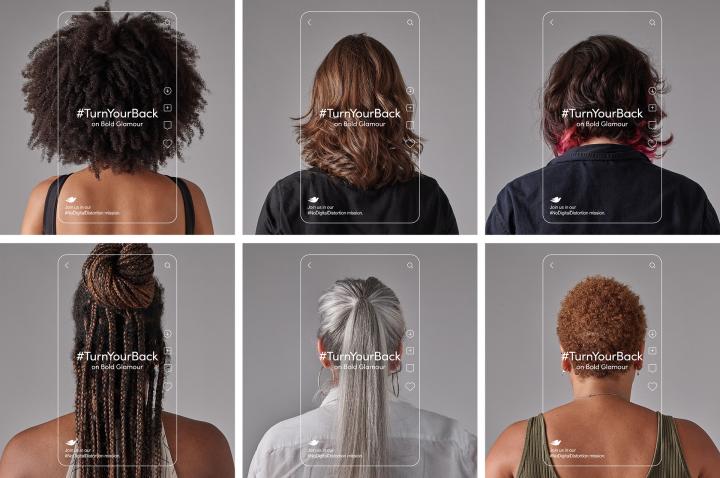 (ogilvy.com)
(ogilvy.com)
3
Can creative marketing excellence can be bottled?
What we love about the work we’ve seen this year from strong brands is the way they have doubled down on their distinctive assets.
We’ve seen McDonald’s go back to their roots of their 15-year-old insight to enable them to raise their golden arches to new heights (or at least as far as the cast of their brilliant campaign could raise their eyebrows). This insight-led gesture is now owned by McDonald’s, re-earning them the hearts of the nation and driving up their brand love scores.
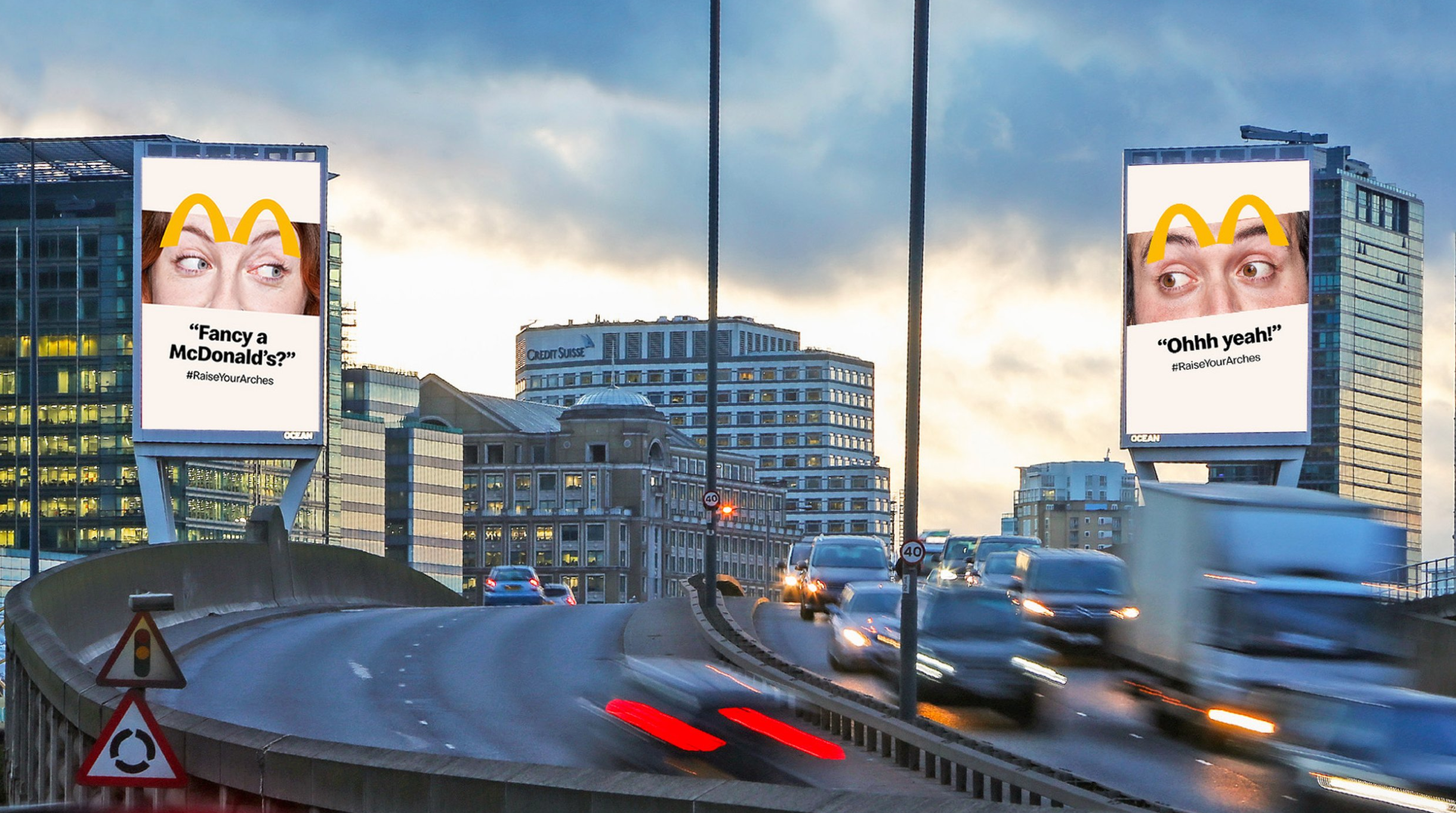
(www.mcdonalds-awards-raiseyourarches.co.uk)
Dove have stayed true to their 20-year-old campaign for Real Beauty throughout their work, while leaning into fresh, agile new expressions that will be meaningful in the moments that matter for the people they want to reach.
And who would believe that Barbie is 64 years old, and her vision to represent choice for little girls is still at the heart of Mattel’s insight?
So, yes, creative marketing excellence can be bottled and served up with fresh recipes for success year-in-year-out. And who better to demonstrate this than one of the most iconic bottled brands in the world?
Heinz have gone to new heights this year with their brilliant campaign, ‘Draw Ketchup’, which won a very well deserved gold in Creative Effectiveness from the 2023 Cannes Lions.
|
This was a beautifully simple campaign, involving crayons, coloured pencils, felt-tips and the collective imagination of people all over the world who were asked to do one thing: draw ketchup. Although asked anonymously, 97% of them drew Heinz.* What I love about the Heinz work over the last few years is not only have they delivered unprecedented results, but they’ve demonstrated the lessons that we at Oxford know and have proven to work time and again:
|
|
Whether you use AI or not, there’s no dampening of creativity here.
We’d love to help you explore how you can spark creativity in your marketing.
*Source: WARC Opinion / James Hurman ('EFF BOMB: Be more Heinz')
The content of this piece is inspired by our partners at Contagious and their Most Contagious event, which took place in London on 7th December 2023.
About the Author
Claire loves all things creative and is on a mission to develop digital strategy that inspires real people to make great things happen.
Before consulting, Claire spent over 20 years in marketing and strategy roles at Boots the Chemist, L’Oréal and Johnson and Johnson, and ran her own content and comms agency, before leading digital content strategy for Etihad Airways and Kinesso (part of IPG Mediabrands).
Share this
You May Also Like
These Related Stories

Inspiring a culture of creativity in marketers
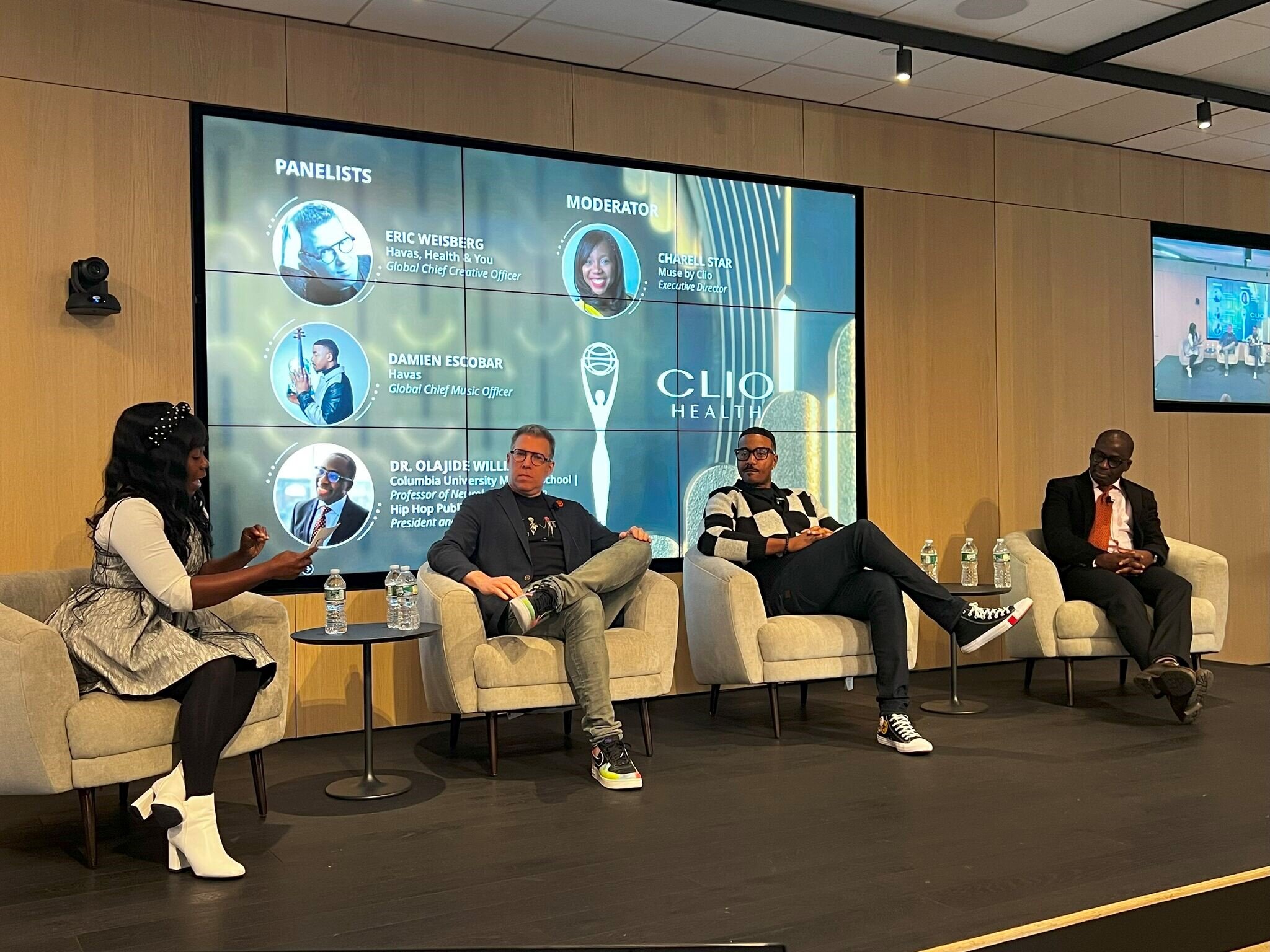
How Creativity Propels Healthcare Forward: Clio Event Roundup
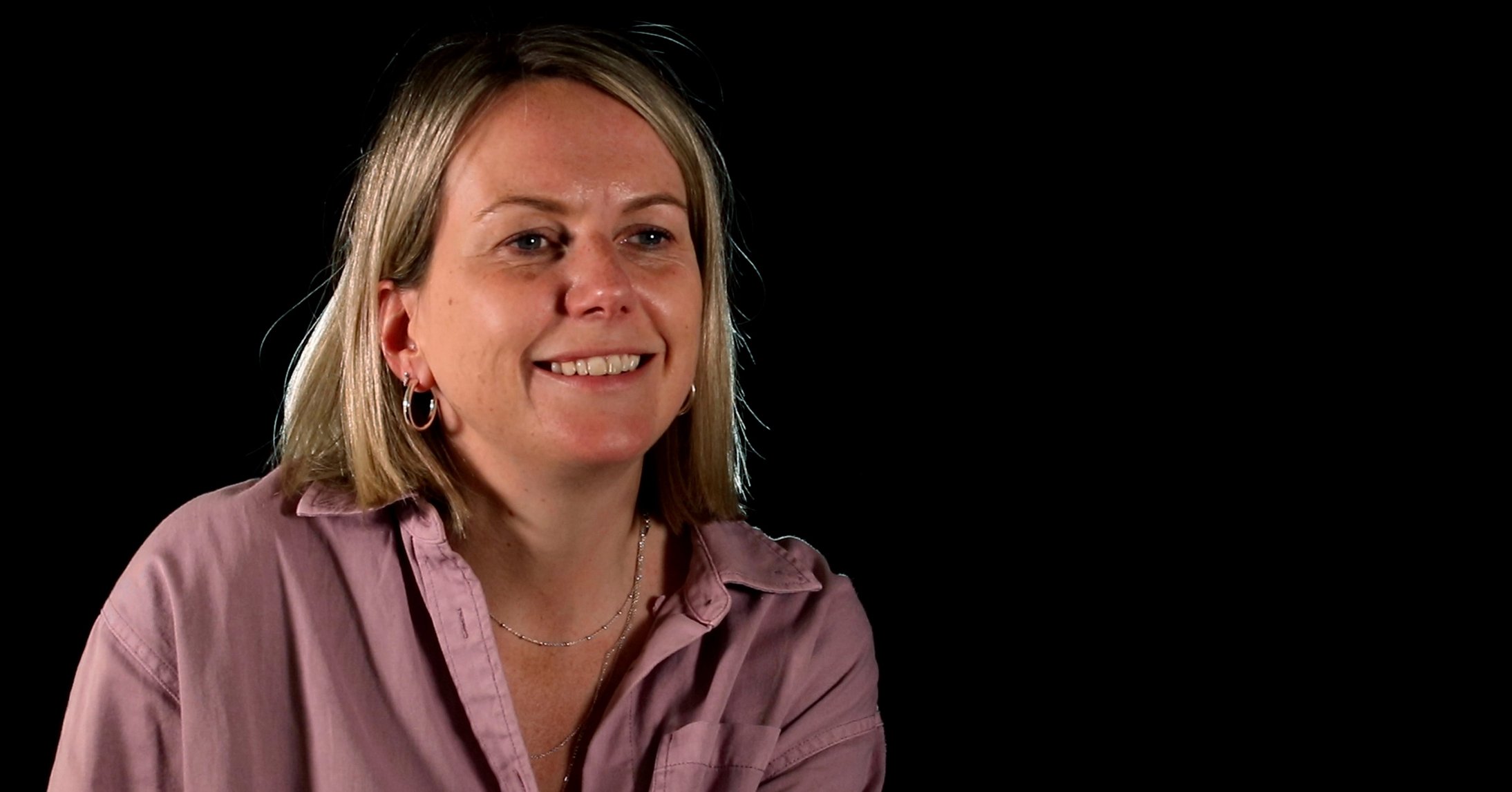
.png?width=657&height=57&name=OXFORD%20LOGO%20(1).png)

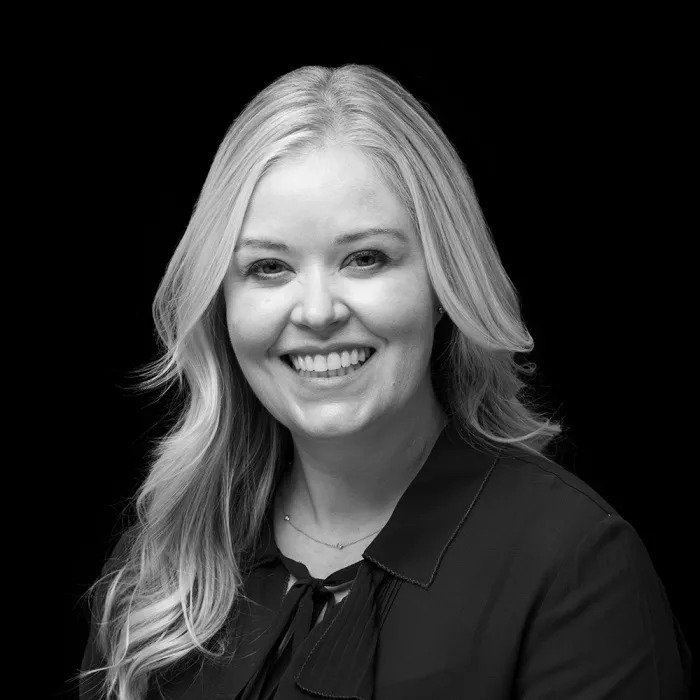
No Comments Yet
Let us know what you think